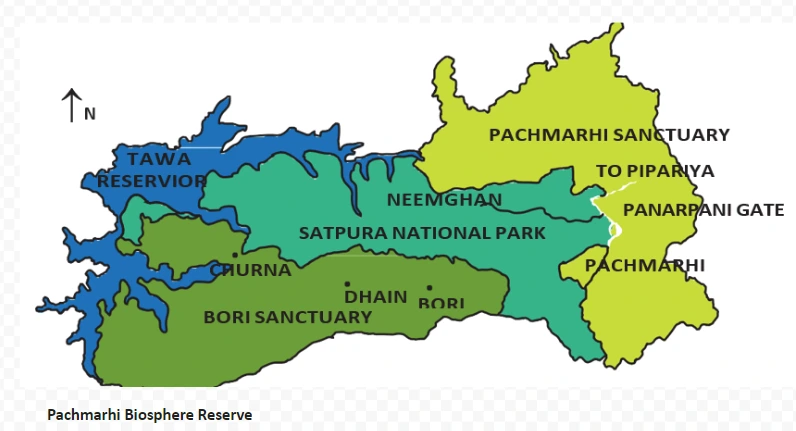![]() 18 Dec 2023
18 Dec 2023
A great variety of plants and animals exist on earth. They are essential for the well-being and survival of mankind. Plants play a foundational role, providing sustenance, shelter, and oxygen to an intricate web of organisms. However, in recent times, the harmonious balance between organisms has been threatened, underscoring the crucial need for the conservation of plants to preserve the delicate equilibrium of our planet.
Natural Causes of Deforestation
Human-made Causes of Deforestation

Endemic Species: These are those species of plants and animals which are found exclusively in a particular area. They are not naturally found anywhere else. Example: Sal and Wild mango are endemic to Pachmarhi Biosphere reserve.
The study of plant organisms is vital for us to comprehend the world of flora around us and the processes that plants undergo to provide humans with nutrition, which is the bedrock of existence. Lately, human activities, such as deforestation, habitat destruction, and pollution, have posed significant threats to plant life and biodiversity. To ensure the continued existence of these valuable organisms, it is our responsibility to prioritize and champion the cause of Conservation of Plants , safeguarding the delicate balance of our ecosystems.
<div class="new-fform">
</div>